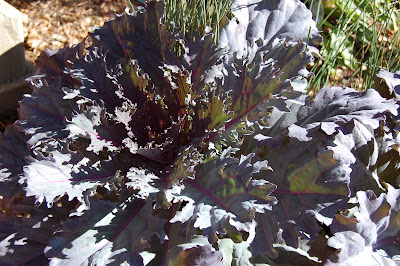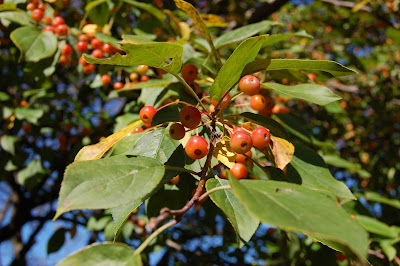 |
| Tulip 'Angelique' (photo by Chris Walters ) |
Time to plant the bulbs!
Usually after we get one of those blackening frosts, we are teased back into a bit of warmer weather for a spell. That is a great time to get back out into the garden and plant up your bulbs that will brighten your days next spring. There are so many colors of tulips to choose from, and those glorious scented hyacinths ….and every garden has room for a few bright and perky daffodil bulbs, but don’t forget about the “minor” bulbs. They are called minor bulbs due to the size of the bulb/bloom. But, hey, let’s not give them a complex here. Those little bulbs pack quite punch: they’re the first ones blooming their little hearts out in the spring and most of them are stupendous at naturalizing. Which, once again, means you need to think a lot about changing that hunky, sticky, clayey soil into primo soil by incorporating some compost into the mix. These bulbs don’t need supplemental watering during the summer months (don’t plant them with perennial or annual flowers). Think about tucking them just under tree and shrub edges to peep out their joyous heads at early spring. Here’s my favorite top five, plus one…
 |
| Emerging snowdrops (Photo by Jim Frazier) |
 |
| Close up of Snowdrops (Photo by Jim Frazier) |
1. Galanthus or snowdrops. One of the earliest bloomers around. They’re so simply sweet and the gladest tiding of spring ever! Plant in groups of 10 plus to make an impact.
 |
| Grape Hyacinths (Photo by Chris Walters) |
2. Muscari or grape hyacinths. These come in a lovely trio of white, light blue and dark purple. Plant them all together for a lovely spring floral arrangement.
3. Erythronium denscanis or Dogtooth Violets. Nice leaves and very sophisticated little bloomers.
4. Allium schubertii or Ornamental Onion. Very cool plant—when they are in bloom they are the most asked-about plant in the Idea Garden. They look just like a Fourth of July sparkler.
 |
| A mass planting of Allium schubertii with blue lobelia underneath. (Photo from Jack Bannister) |
 |
| Close up of Allium schubertii (Photo from Jack Bannister) |
 |
| Allium schubertii after leaves die back--these "sparklers" will last in your garden 'til fall! |
5. Species Tulips, or Kaufmanniana, or Gregii, or Fosteriana Tulips. Unlike the tulips you might be more accustomed to, these tulips will come back better and better each year. Try a few—they’re cute.
And my plus one bulb….have you ever planted garlic? Fall is the time to do it. But don’t raid your kitchen cabinet for it (but you can). Do a little research on line and see what varieties sound the best for you. Separate the entire bulb into cloves. You’ll plant each one of these about 6” apart in rows about the same distance apart. They’ll even put on a bit o’sprout of growth this fall just to show you how good their nature really is. They’ll add on to their growth in the spring, making all kinds of whirly-curliques and then they’ll start to slow down in mid-summer. And then stop. And that’s about the time you can reap the rewards of your planting..yum-oh! Oh and save a few bulbs to replant again in the fall….
Bulb appétit! And good luck with your tucked away treasures. It’s always a fun little surprise when they pop up in the spring!



























